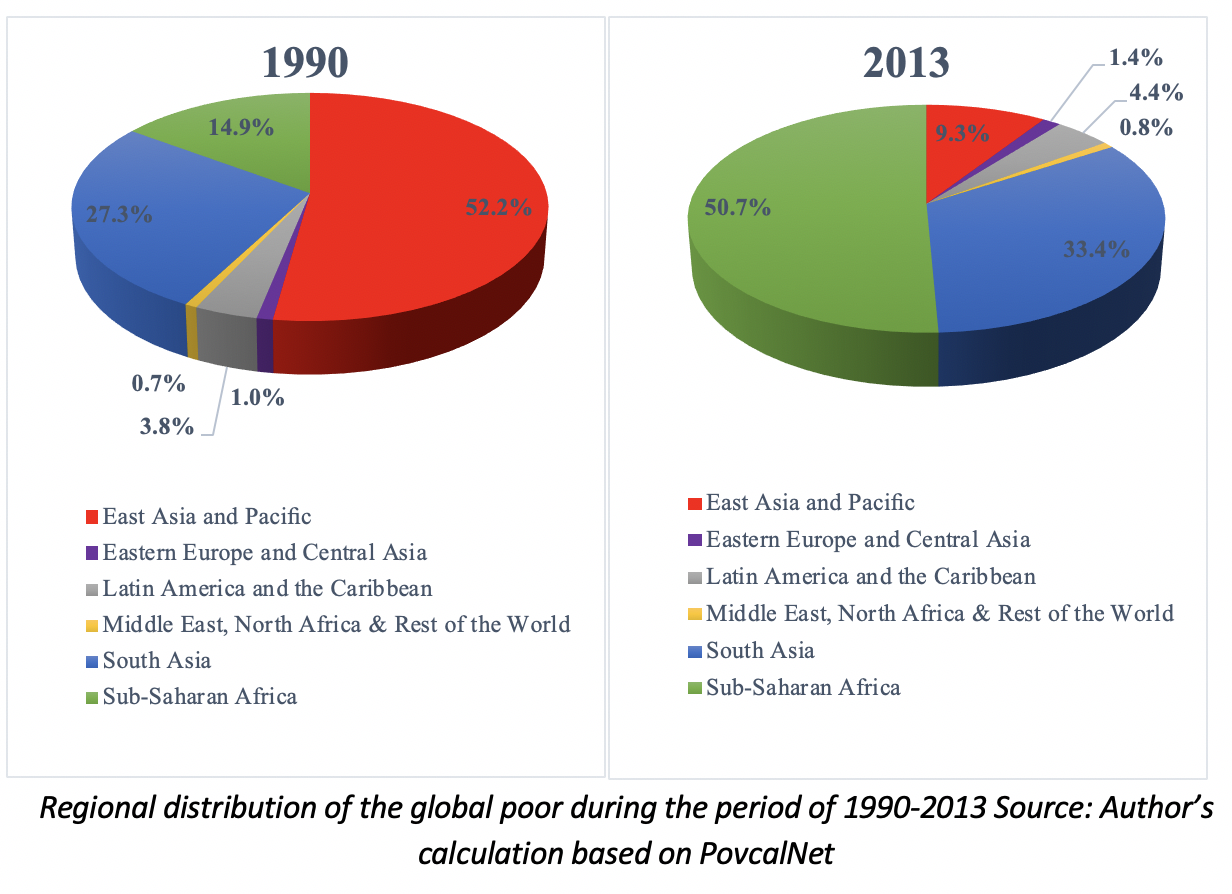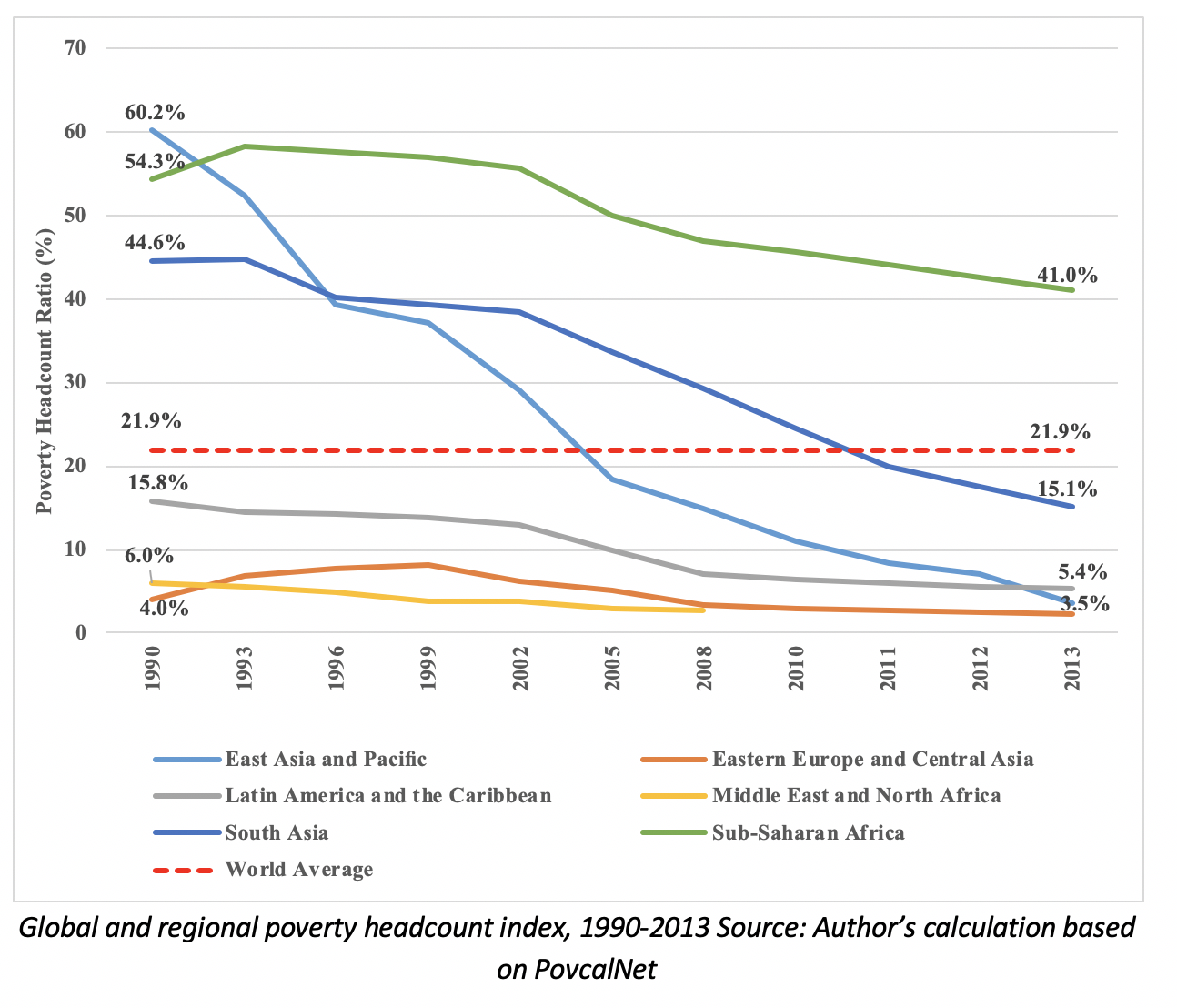despite global salary and multidimensional poverty declining during the last two decades, disparities throughout distinct regions remain massive. Nowhere is that this clearer than between South Asia and the realm's other regions. in this article, N.R Ravindra Deyshappriya explains why despite global decreases, poverty in South Asia remains proportionately excessive.
in response to the world bank's estimates on profits poverty, forty two% of the realm population lived beneath the poverty line of $1.ninety in 1981. via 1990 although that quantity had decreased to 35%. in a similar fashion, multidimensional poverty (an index that takes under consideration several components that represent terrible people's journey of deprivation) has also been lowering and globally only 13.5% of americans are multidimensionally negative by way of 2017. despite this downward trending pattern at a world stage, South Asia nevertheless incorporates a vastly giant share of the terrible population when it comes to both profits and multidimensional poverty.
Regional distribution of the world negative: where does South Asia stand?
the area's poverty rate dropped dramatically from 94 per cent in 1820 to 10.7 per cent in 2013. against the conclusion of this period (between 1990-2013), the share of the poor residing in South Asia grew.

In 1990, when the poverty line changed into $1.90 a day South Asia accounted for the 2d largest share of the global bad (27.3%) – a figure equal to 535.ninety one million individuals, while East Asia and the Pacific accommodated the biggest share – fifty two.2% (987.05 million americans).
This image besides the fact that children of the distribution of the area's poor had enormously changed by 2013. The variety of terrible residing in Sub-Saharan Africa had tremendously extended from 276.1 million in 1990 to 388.7 million, accounting for the largest share (50.7%) of the international negative through 2013. despite East Asia and the Pacific significantly declining its share of world's poor (42.9% between 1990-2013), South Asia still remained the place with the 2nd biggest grouping of the global poor. mainly, South Asia's share of the global negative has multiplied from 27.three% to 33.four% b etween 1990-2013, regardless of the variety of poor americans in South Asia falling by way of 248.8 million.
figure 2 below depicts the tempo of decreasing the Poverty Headcount Index (PHI) of every place along with the world average between 1990-2013. From this graph, it is clear that Sub-Saharan Africa has been accounting for the greatest PHI since 1992, reporting 41% in 2013. In contrast, the headcount indices of all other regions by way of 2013 were significantly beneath the world usual (21.9%) between 1990-2013. In specific, South Asia carried out remarkably smartly in poverty discount and turned into capable of decline its poverty fees from forty four.6% to 15.1% respectively, during 1990-2013. although, the PHI of South Asia continues to be vastly larger than that of alternative regions akin to East Asia and the Pacific, jap Europe and important Asia, Latin the usa and the Caribbean.

in response to Canuto (2013), better poverty rates and the tremendous share of the bad in South Asia are pushed primarily by way of location-large political unrest. definitely, political anxiety and civil wars are commonplace in most South Asian nations, that means such turmoil reduces the effectiveness of a rustic's anti-poverty guidelines. moreover, ineffective, non-transparent and non-rule-based mostly anti-poverty fiscal switch programs in the region do not facilitate poverty reduction whereas increasing a stage of fiscal unrest in an economic system.
Multidimensional Poverty
The Multidimensional Poverty Index (MPI) in keeping with three dimensions and ten symptoms, turned into developed with the aid of Oxford Poverty and Human construction Initiative (OPHI). in response to this records, a declining style of international multidimensional poverty between 2011-2017 is amazing. In 2011, 31% of the world's inhabitants (1.sixty five billion individuals) had been multi-dimensionally poor while only 13.5% have been by 2017.

As is proven in the graph above, South Asia accounted for the biggest share of international multidimensionally bad americans between 2010-2017. greater notably, South Asia accommodated well-nigh half of the world's multidimensionally bad in 2017. The proportion of negative individuals in South Asia, although, has reduced in seventeen years by using 3% while the shares for Sub-Saharan Africa and the Arab States have expanded by way of 8% and 2% respectively.
Comparatively negligible outcomes
despite South Asia performing remarkably well in poverty discount via decreasing salary poverty via 29.5%, South Asia has accommodated the second biggest share of global poor between 1990-2013. for this reason South Asia's poverty reduction consequences are negligible compared to East Asia and the Pacific, which have been able to decline the percentage of terrible accommodated by 42.9%.
when it comes to multidimensional poverty, South Asia has been accounting for the greatest share of world multidimensionally bad individuals between 2010-2017. extra certainly, South Asia accommodated just about half (48%) of the area's multidimensionally poor individuals in 2017. The share of negative individuals in South Asia, despite the fact, has reduced by means of three% whereas the shares for Sub-Saharan Africa and the Arab States have extended by means of 8% and 2% respectively.
it's for this reason essential to adopt appropriate anti-poverty policies at national degree across the region to eradicate South Asia's poverty in all its varieties. while at first glance the figures on the discount of poverty globally appear encouraging, upon nearer inspection the image is bad for South Asia.
this text gives the views of the author, and not the place of the South Asia @ LSE blog, nor of the London faculty of Economics. Please study our feedback coverage before posting. photo credit: Pixbay.
N.R Ravindra Deyshappriya is a Senior Lecturer in Economics at the college of management, Uva Wellassa college of Sri Lanka and PhD pupil at RMIT university, Australia.
No comments:
Post a Comment
Note: Only a member of this blog may post a comment.